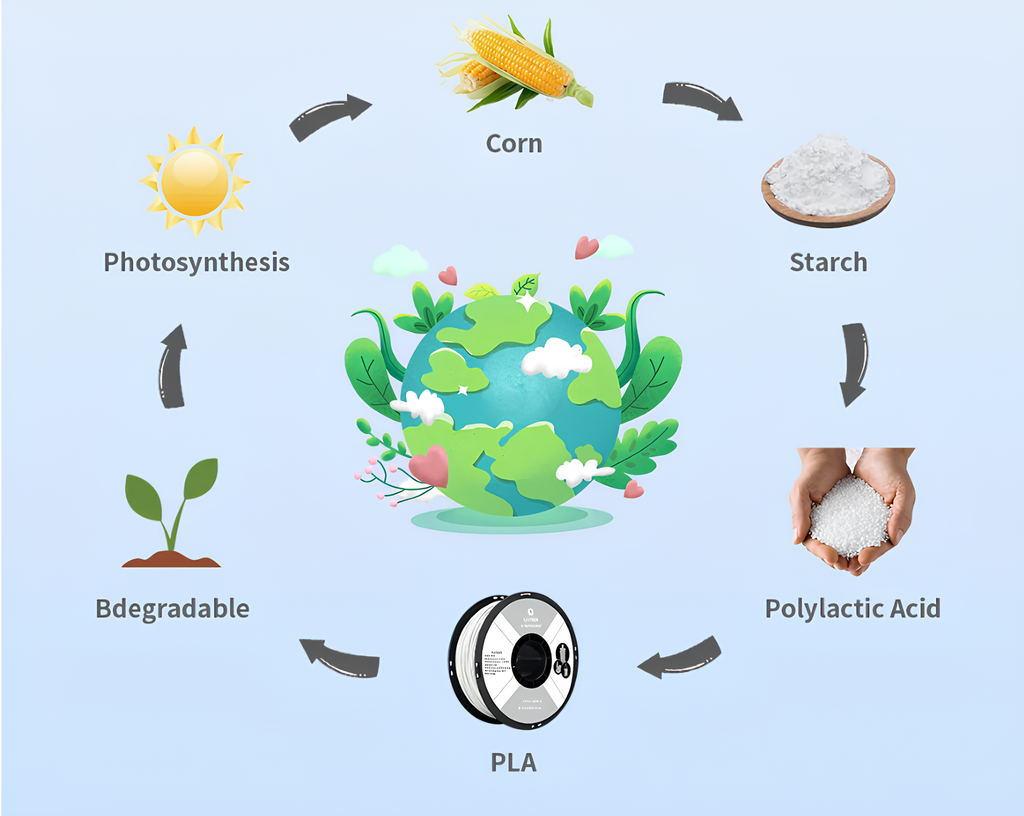In the world of 3D printing, the choice of filament can significantly impact both the quality of prints and the safety of the printing environment. One of the most popular materials is PLA (Polylactic Acid), often touted as a non-toxic option. But is this claim valid? In this article, we will explore the question: non-toxic 3D printing: myth or reality for PLA?

Understanding PLA and Its Composition
PLA is derived from renewable resources, primarily corn starch or sugarcane. This biopolymer is favored for its ease of use and biodegradable properties. However, the term "non-toxic" can be misleading. While PLA is generally considered safe for printing, especially in comparison to other materials like ABS (Acrylonitrile Butadiene Styrene), it is essential to understand what "non-toxic" truly means in this context.
What Makes PLA Non-Toxic?
When discussing non-toxic 3D printing, it is crucial to consider the following points:
- Low Emissions: PLA emits fewer volatile organic compounds (VOCs) during printing compared to other filaments.
- Food Safety: Some PLA filaments are certified as food-safe, making them suitable for applications like kitchen tools.
- Biodegradability: PLA is compostable under industrial conditions, reducing its environmental impact.
However, it is important to note that while PLA is less harmful, it is not entirely free from potential risks. For instance, certain additives used in colored PLA may introduce toxic elements.
Are There Any Risks Associated with PLA?
Despite its advantages, there are some considerations to keep in mind regarding the safety of PLA:
- Fumes: Although PLA produces fewer fumes, prolonged exposure to any filament's emissions can be harmful.
- Allergies: Some individuals may experience allergic reactions to specific PLA formulations.
- Heat Resistance: PLA has a lower heat resistance, which can lead to deformation in high-temperature environments.
Conclusion: Non-Toxic 3D Printing: Myth or Reality for PLA?
In conclusion, while PLA is often regarded as a non-toxic option for 3D printing, it is essential to approach this claim with a nuanced understanding. The reality is that PLA is safer than many alternatives, but it is not entirely devoid of risks. For those interested in exploring this topic further, you can read more about the safety of PLA filament here.
Ultimately, the choice of filament should be informed by the specific application and the environment in which it will be used. By understanding the properties and potential risks of PLA, users can make informed decisions that align with their safety and sustainability goals.













